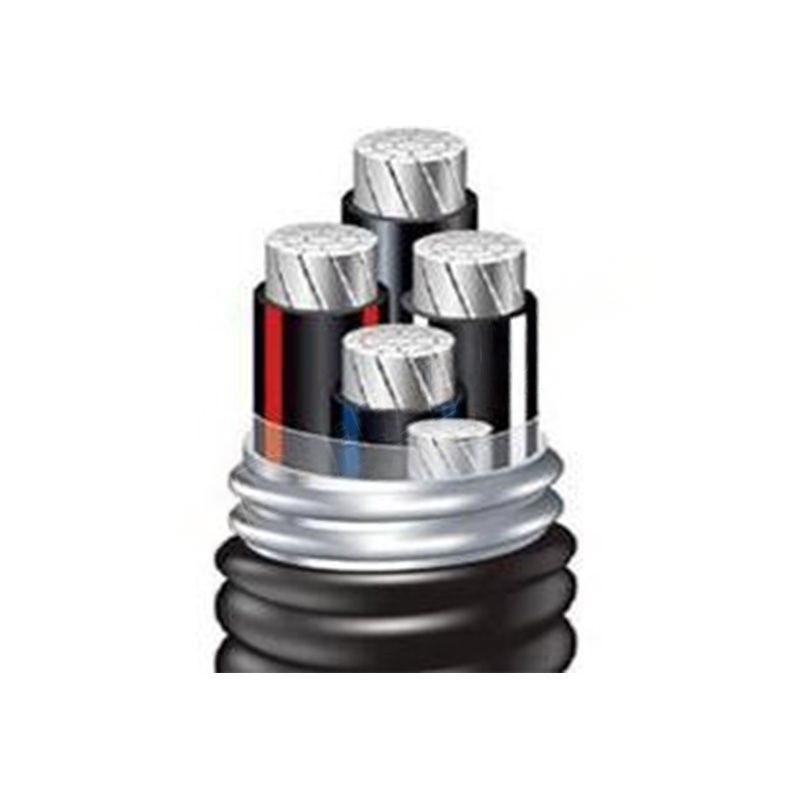ធ្នូ . 24, 2024 07:22 Back to list
Flange End Butterfly Valve Specifications and Applications Overview
Understanding Butterfly Valve Flange Ends A Comprehensive Overview
Butterfly valves are widely used in various industrial applications for regulating or isolating flow. One of the key design features of a butterfly valve is its flange end connection, which plays a critical role in ensuring a secure and leak-proof installation. This article delves into the importance of flange ends, the advantages they offer, and considerations for their use in different systems.
What is a Butterfly Valve?
A butterfly valve is a type of quarter-turn valve that uses a circular disc or vane to control the flow of fluid. When the valve is opened, the disc rotates around a shaft, allowing fluid to pass through. Conversely, when the valve is closed, the disc blocks the flow. This simple yet effective mechanism makes butterfly valves ideal for applications involving large volumes of fluid.
The Role of Flange Ends
Flange ends are integral components of many butterfly valves. They consist of flat surfaces that allow for easy attachment to piping systems. Typically manufactured with standard specifications, flange ends facilitate a reliable connection between the valve and the adjoining pipelines, reducing the likelihood of leaks.
When selecting a butterfly valve, it is crucial to consider the type of flange end. The most common types include
1. Raised Face Flange (RF) This is the most prevalent choice, featuring a raised surface that sits above the bolt circle. It provides a reliable sealing surface, making it suitable for high-pressure applications. 2. Flat Face Flange (FF) This type has a flat sealing surface, often used in low-pressure systems. It is essential to ensure that the mating flange is also flat to prevent leaks.
3. RTJ Flange Ring-type joint flanges offer excellent sealing capabilities, making them ideal for high-pressure systems where leakage could pose significant risks.
Advantages of Flanged Connections
Flanged connections, particularly in butterfly valves, come with several advantages
- Ease of Installation Flanged valves can be easily installed and removed, allowing for straightforward maintenance and replacement
.butterfly valve flange end

- Alignment and Stability The design ensures proper alignment with the pipeline, providing stability during operation. This alignment is crucial in preventing undue stress on the valve components, which can lead to premature failure.
- Wide Range of Applications Flanged butterfly valves are versatile and can be used in various industries, including water treatment, oil and gas, chemical processing, and HVAC systems.
- Durability Flanged connections typically offer robust performance under extreme conditions, making them highly durable over time.
Key Considerations for Flange End Valves
When working with butterfly valves that feature flange ends, there are several key considerations to keep in mind
- Material Compatibility Ensure that the materials used for both the valve and the flanges are compatible with the fluid being handled, as this affects durability and safety.
- Pressure and Temperature Ratings Always check the pressure and temperature ratings of the valve and flanges to ensure they meet the demands of your application.
- Gasket Selection The gasket material should be chosen based on the operating conditions. A good gasket is essential for creating a leak-proof seal between flanges.
- Installation Practices Proper installation procedures must be followed, including the correct torque specifications for bolts to avoid over-tightening, which can lead to flange damage or warping.
Conclusion
Butterfly valve flange ends are essential components that significantly contribute to the efficiency and reliability of valve operations. Their advantages, including ease of installation, stability, and versatility, make them favored in a multitude of applications. By understanding the various types of flanged connections and considering key factors during selection and installation, industries can harness the full potential of butterfly valves to maintain fluid control effectively and safely.
Share